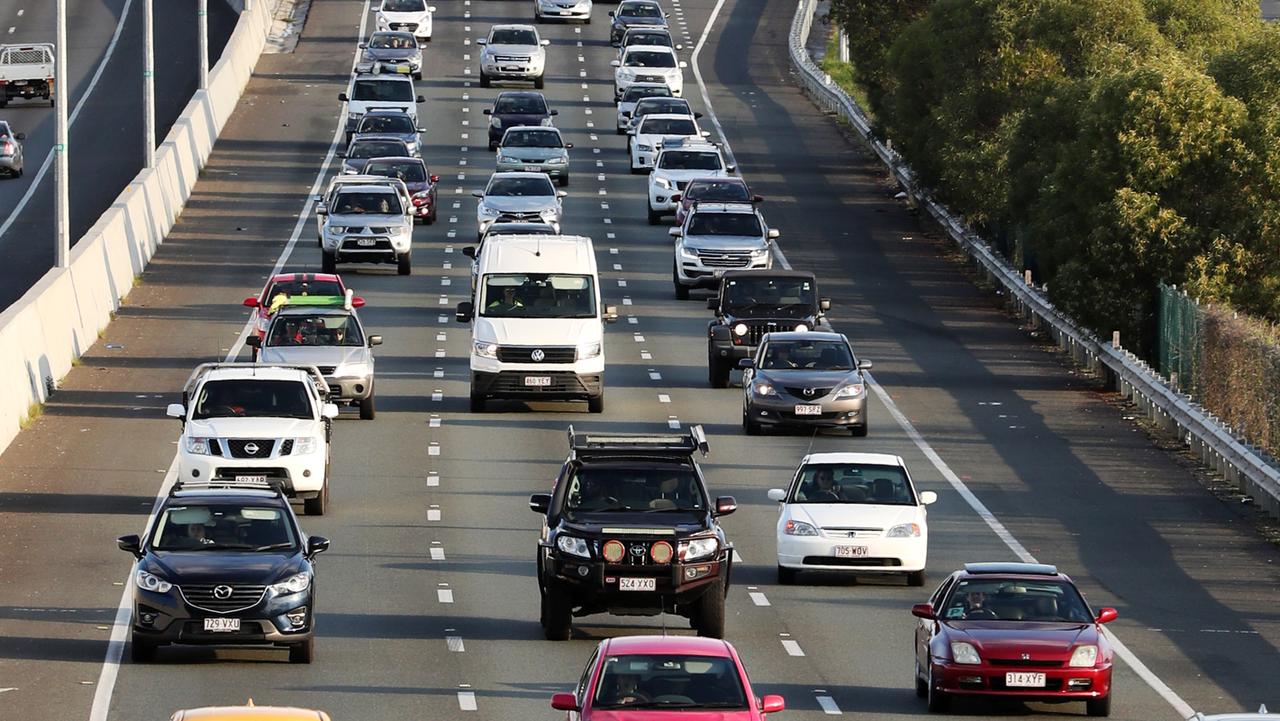Thick smog hanging over human health
Climate change is leaving us gasping for clean air. Host of the Shire's Changing Climates series, Prof Sarah Perkins-Kirkpatrick, explains why.

HyperLocal
Don't miss out on the headlines from HyperLocal. Followed categories will be added to My News.
Every five seconds air pollution claims a life.
Globally, it is responsible for the early deaths of around seven million people a year, and is now considered the top environmental threat to human health.
And despite Australia's reputation for crisp, clean air, pollution is responsible for nearly three times as many deaths annually as our national road toll.
Air pollution is the presence of harmful substances in the atmosphere, such as carbon monoxide, particulate matter, nitrogen dioxide and sulphur dioxide.
Many of these are made up of tiny particles that have the potential to weasel their way into almost every organ in the body by moving from our lungs into the bloodstream.
These contaminants can accumulate in our bodies over a long period of time without us noticing something is wrong.
Eventually, they can lead to more severe medical impacts such as strokes, heart disease, lung cancer, asthma attacks, respiratory diseases, shortened life expectancy and even premature death.

You'll likely be familiar with many of the main perpetrators including household gas stoves and heaters, vehicles, industrial facilities, and power stations.
These offenders emit different types of pollution at varying levels, but all contribute to the daily classification given to Australia's air quality as 'Good', 'Fair', 'Poor', 'Very Poor', or 'Extremely Poor'.
You can check out the live reading for the Shire on Australia's Air Quality Index to see how your neighbourhood is faring.
Pollution fuelled by climate change
The reason many of our cars, stoves and industrial facilities are so polluting is because they rely on the burning of fossil fuels, which release many of these harmful substances.
In our cities for example, petrol-fuelled vehicles remain the primary mode of transport, with over 90 per cent of households owning at least one registered vehicle.
This means people living in these high traffic regions are particularly prone to breathing in dangerous levels of pollution.
Hazards also lurk inside our homes.
For example, gas stoves emit nitrogen dioxide concentrations 50 per cent to over 400 per cent higher than their electric counterparts.
As well as producing pollution, burning fossil fuels also drives changes in our climate.
We are now seeing hotter conditions across the country, and temperatures around the Shire are no exception.
The average May day is now around 1.3C warmer than it was in the early 1970s.

While this warmer weather isn't responsible for lower air quality overall, it is expected to increase the likelihood of high-pollution periods.
For instance, warming is predicted to increase summer smog, and create a drier landscape prone to dust storms and more frequent and ferocious bushfires.
We have seen the impact of bushfires on air quality first hand over the past few years.
For example, the Black Summer fires of 2019-20 saw parts of Sydney experience air quality more than 12 times the hazardous level, and over 23 times the hazardous threshold in Canberra.
The smoke from these fires has since been linked to over 400 deaths and 4500 hospitalisations and emergency department visits.
So, what can we do to clear the air?
The best way we can get clean air back in our lungs and help the planet is by reducing our greenhouse gas emissions.
This can start right back in the comfort of our own homes, by making the switch from gas to electric appliances or capitalising on Australia's abundant sunshine by installing solar on our rooftops.
Monash University's Switching On report is a great place to scope different financial aid programs you might be eligible for.
Taking more sustainable, active modes of transport like walking or riding a bike is also a great way to reduce our personal pollution.
Perhaps investing in a stylish EV could even be on the cards.
Many EVs – like the MG and BYD – are now outpricing traditional petrol cars making them an increasingly attractive way to save precious pennies.
In the meantime, make the most of masks and air purifiers on those hazy days and track the air quality in your local area to ensure you stay safe and healthy.
Want more information on how your climate is changing? Check out the last article in this series.
Professor Sarah Perkins-Kirkpatrick is a climate scientist at the Australian National University.
This column is part of a collaboration between Monash University and News Corp to deliver hyperlocal weather and climate information.


